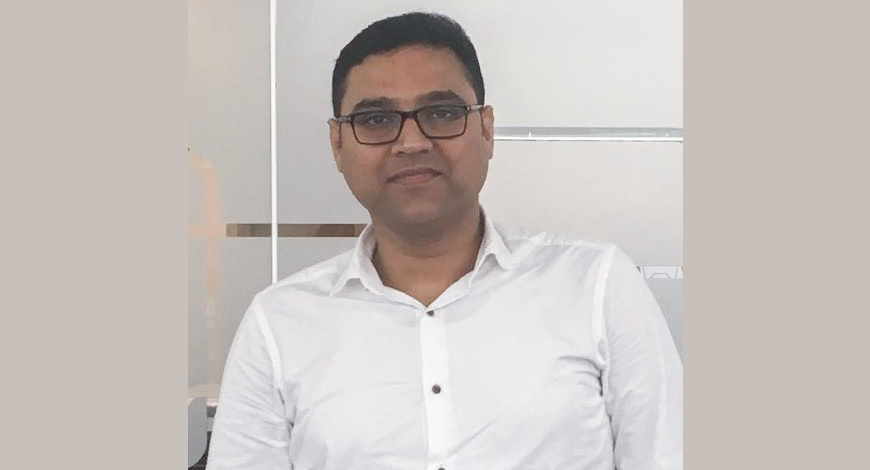The energy in the office is palpable too. And why not? The channel has been on a high. After leading the Urban Bengali GEC space for the last seven months, Zee Bangla has now become the market leader in all of West Bengal (U+R) for the past two months.
Currently, the channel has a good mix of widely popular shows, both fiction and non-fiction, and that rich variety with a healthy dose of cultural rootedness, says Samrat Ghosh, Cluster Business Head – Zee Bangla & Zee Bangla Cinema, is what has helped them create a niche for themselves in the market, and eventually become market leaders.
“Our content stands out for being progressive, dynamic, and connected to Bengali values and culture, and is very relatable for the Bengali viewer. Today, our market position is majorly on the back of our programming, which is a complete platter for the family and is based on strong insights about today’s consumers,” says Ghosh. Currently, some of the channel’s most popular shows include Rani Rashmoni, Bakul Katha, Saat Bhai Champa and Krishnakoli in fiction, and Didi No.1, Dance Bangla Dance and Dadagiri in non-fiction.
GOING BEYOND GENDER AND AGE GROUP…
For many years, content on TV had been looked at as being regressive, primarily meant for women. However, Zee Bangla is trying to change that by coming up with content not just meant for one gender or age group, but shows with universal appeal and relevance. “Today, we have offerings for the entire family and therefore, we are coming up with content that is inclusive. In the current scenario, where a whole lot of content is available for the consumers on TV and beyond, we keep it simple for the viewers - we do not drag storylines, showcase positivity and also for the progressive Bengali, we have content which is socially relevant. Even in the past, we have had content offerings that have been rating as well as perception drivers in the form of shows like Bhutu, Goyenda Ginni and Deep Jwele Jay. We have constantly evolved with the audience and kept raising the bar. So, when it came to catering for the tastes of a more evolved and informed audience- with a lot more exposure to content via digital and other mediums - we clearly stood apart,” adds Ghosh.

INNOVATING WITH ZEE BANGLA CINEMA ORIGINALS
Meanwhile, Zee Bangla also has a channel dedicated to movies. However, the number of people using television (PUT) for Bangla movies has been stagnant in the past few years. Ghosh elaborates, “There’s a duplication factor at play, when it comes to viewership of GECs and movies. Almost 70% of the audiences across the two categories are common. Today, GEC is seeing huge consumption in the market, which is leading to the other category taking a backseat.” However, Zee is bringing about a lot of innovation on Zee Bangla Cinema to attract viewers. “We are coming up with a lot of original content as a part of our concept, Zee Bangla Cinema Originals. These are films, not to be confused with telefilms. We produce these films in-house. However, they are not released in theatres but on our channel,” says Ghosh.
Ghosh also shares that the channel currently has a healthy mix of advertisers, both national and local. “For any GEC, the core consumption, in terms of AdEx, comes from FMCG players. In terms of retail, the West Bengal market is not as high as, say, a market like Tamil Nadu, so there’s a skew towards national players. However, AdEx is definitely growing,” explains Ghosh.























